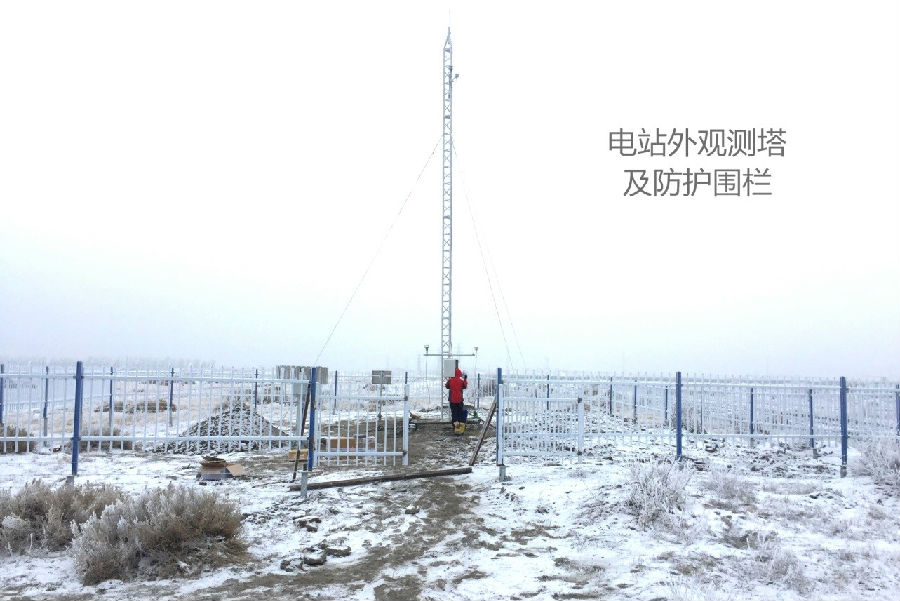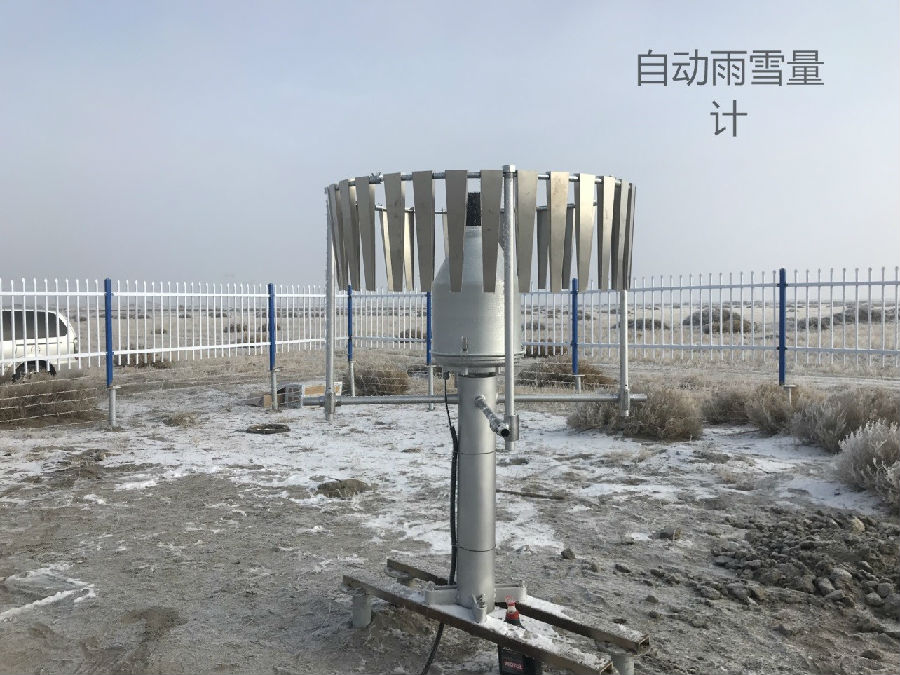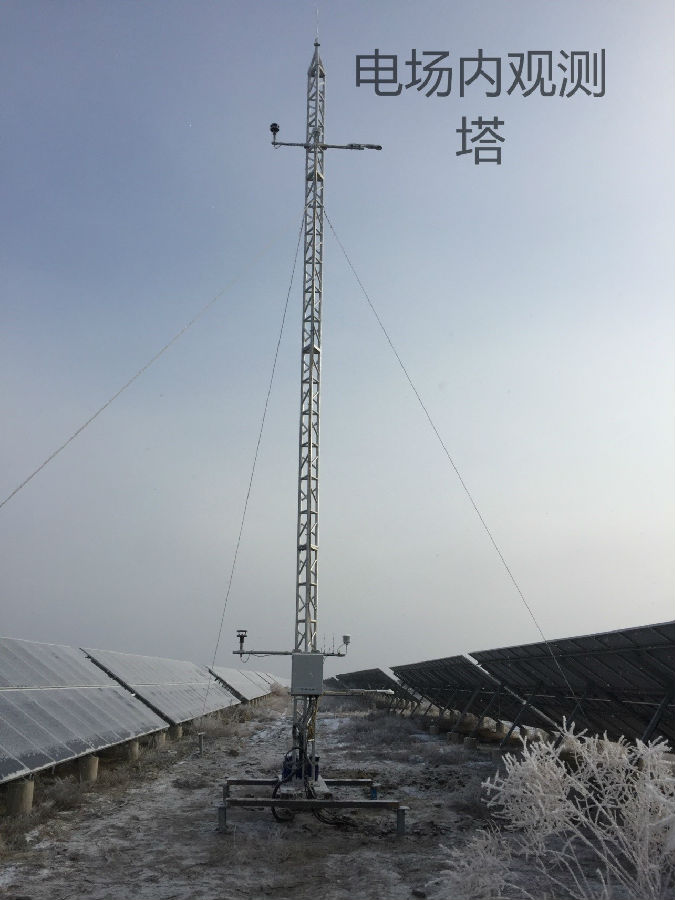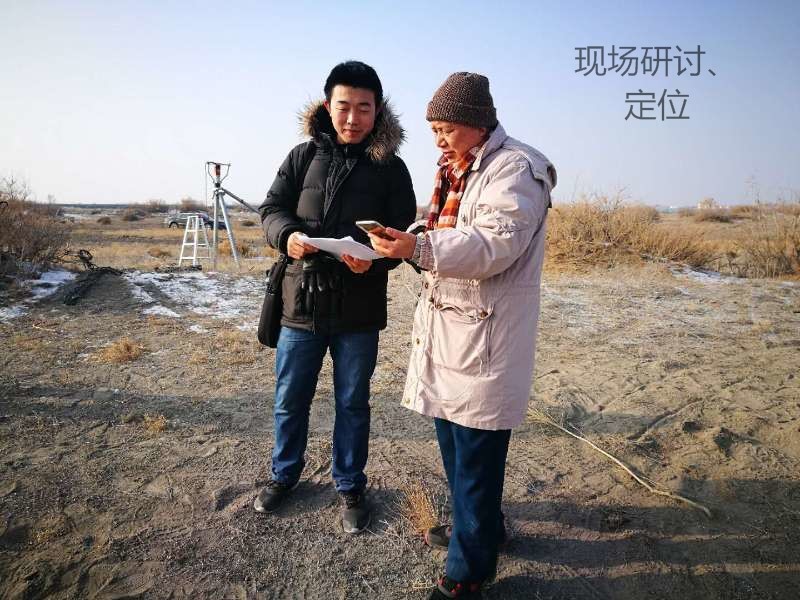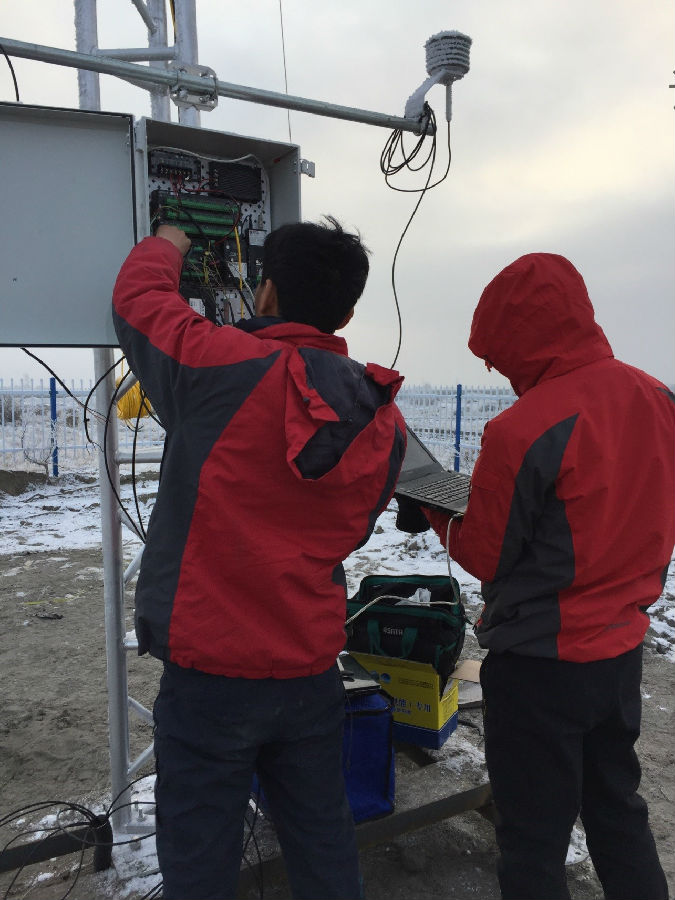In order to effectively cope with global climate change, China has made unprecedented strides in the construction of renewable energy bases such as solar energy and wind energy in recent years. The construction of photovoltaic power plants in Xinjiang, where the light and heat resources are abundant, takes the lead in the country. Due to the lack of actual comparative observation data, the research on the local climatic eco-environmental effects after the large-scale construction of photovoltaic power stations in the world is still in the initial stage of qualitative research. Therefore, it is of great scientific significance to set up a "observatory of ecological effects of climatic environment for large-scale photovoltaic power station" to carry out contrast observation of the climatic and ecological environment inside and outside the PV power station and quantitatively explain the climatic eco-environmental effects after the construction of large-scale photovoltaic power stations.
Under the support of NSFC, "Study on the Climatic Effects of China's Large-scale Construction of Wind Farms and Photovoltaic Power Plants" (Project No. 41475066) and the Construction of a World-Class University (Discipline) and Development and Guidance Funds. Professor Luo Yong led the members of the research group to go to Xinjiang for investigation and research many times in advance and communicated with the local government and enterprises repeatedly, which made great efforts for the construction of "observing field for ecological effects of climatic and environmental effects of large-scale photovoltaic power station". With the support of Xinjiang Production and Construction Corps, Xinjiang Wujiaqu Xu Yang Photovoltaic Power Generation Co., Ltd., Xinjiang Guojie new Silk Road Cultural Technology Development Co., Ltd., Beijing Tiannuojiye Technology Co., Ltd. and other units, observatory construction in mid to late December 2017 into the final sprint stage. From December 13, 2017 to December 26, 2017, members of the research team, regardless of cold weather and coldness of minus 15 degrees, overcame various problems in civil construction. Finally, the fieldwork of two observation towers and the installation and debugging of all data acquisition sensors were completed, and the first batch of complete observation data was officially collected on New Year's Day in 2018.
The construction of this observatory can not only be used for the study of ecological effects of climatic environment of large-scale photovoltaic power plants, but also be shared with the owners for the development of photovoltaic power generation forecasting system. Help to improve the prediction accuracy of photovoltaic power generation, thereby improving the owners' station operation and maintenance of power plant performance evaluation capabilities and promote the healthy development of China's PV industry.
In conclusion, the completion of this project and its formal application are the pioneering work of "Research on Ecological Effects of Climatic Environment in Large Photovoltaic Power Plants" and are concrete measures to support the research on climate change along the country's Belt and Road. It also opens the door for close cooperation between scientific research personnel and government agencies, associations and enterprises of Xinjiang Production and Construction Corps, and plays an important role in enhancing the scientific and technological and academic influence.

